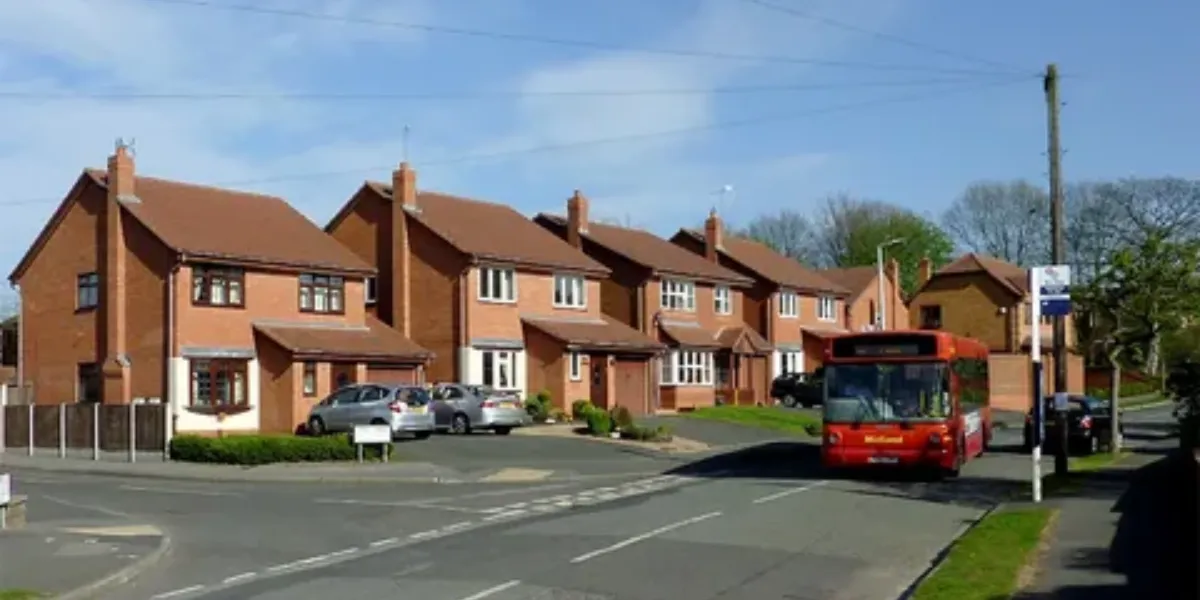Common Housing Message

The housing crisis affects millions of people worldwide, making it one of the most pressing social issues of our time. To address this, various organizations and stakeholders must come together to form a unified front. A Common Housing Message is an essential tool that combines the voices of different groups to advocate for better housing policies and solutions.
The Importance of a Unified Housing Request
A unified housing request amplifies the demands of those affected by the housing crisis. When multiple organizations and communities present a common message, it demonstrates widespread support and urgency, making it harder for policymakers to ignore. This unity can lead to more effective lobbying and quicker implementation of necessary changes.
Understanding the Housing Crisis

The housing crisis is characterized by a severe shortage of affordable homes, rising rental costs, and increasing homelessness. Contributing factors include economic disparities, urbanization, and inadequate government policies. Understanding these elements is crucial for crafting a common housing message that addresses the root causes and proposes viable solutions.
Key Components of the Common Housing Message
A Common Housing Message should include several key components:
Clear Objectives: Specific goals such as increasing affordable housing, improving tenant rights, and reducing homelessness.
Evidence-Based Arguments: Data and research that support the need for policy changes.
Unified Voice: Collaboration between different groups to present a consistent message.
Actionable Solutions: Practical steps that policymakers can take to address the crisis.
Benefits of a Unified Housing Request

There are numerous benefits to a unified housing request:
Increased Visibility: A collective message gains more media attention.
Stronger Advocacy: United efforts make lobbying more powerful.
Resource Sharing: Organizations can pool resources for greater impact.
Comprehensive Solutions: Diverse perspectives lead to more holistic approaches.
How to Develop a Common Housing Message
Developing a common housing message involves several steps:
Stakeholder Engagement: Involve all relevant parties, including nonprofits, community groups, and affected individuals.
Research and Data Collection: Gather data to understand the scope of the crisis and inform the message.
Drafting the Message: Create a draft that outlines the main points, objectives, and solutions.
Feedback and Revisions: Solicit input from stakeholders and revise the message accordingly.
Finalization and Distribution: Finalize the message and plan for its dissemination.
Examples of Effective Housing Messages

Effective housing messages are clear, concise, and compelling. For instance, the “Homes for All” campaign in the UK successfully unified various housing groups to demand more affordable homes. Their message was simple yet powerful: “Everyone deserves a safe, affordable home.”
The Role of Stakeholders in the Housing Message
Stakeholders play a crucial role in the development and promotion of a common housing message. They provide insights, lend credibility, and help disseminate the message. Engaging a diverse range of stakeholders ensures that the message addresses the needs of all affected parties.
Addressing Common Challenges in Housing Requests

Creating a unified housing message is not without challenges. Common issues include:
Diverse Priorities: Different groups may have varying priorities.
Resource Constraints: Limited funding and resources can hinder efforts.
Political Barriers: Policymakers may resist change.
Addressing these challenges requires collaboration, compromise, and innovative solutions.
Strategies for Promoting a Unified Housing Message
Promoting a unified housing message involves:
Media Campaigns: Use traditional and social media to spread the message.
Public Engagement: Organize events and meetings to involve the community.
Lobbying Efforts: Engage with policymakers directly to advocate for change.
Partnerships: Form alliances with other organizations to strengthen the message.
The Impact of a Unified Housing Message on Policy

A well-crafted, unified housing message can significantly influence policy. It can lead to the introduction of new legislation, increased funding for housing programs, and the implementation of long-term solutions. Policymakers are more likely to respond to a cohesive and widely supported message.
Case Studies: Success Stories of Unified Housing Requests
Several successful case studies illustrate the power of a unified housing message:
California’s Housing for All Alliance: This coalition successfully advocated for increased state funding for affordable housing.
New York’s Homeless Outreach: A unified message led to expanded services for the homeless.
Toronto’s Affordable Housing Initiative: Collaboration between multiple stakeholders resulted in new affordable housing units.
Moving Forward with a Common Housing Message

In a Common Housing Message is vital for addressing the housing crisis. By unifying various stakeholders and presenting a cohesive, compelling argument, we can push for the necessary policy changes to ensure everyone has access to safe, affordable housing. Moving forward, it is essential to continue these collaborative efforts and adapt the message as needed to address evolving challenges.
Click here for more visited Posts!





